A customer in Limerick harvesting strawberries in one of his Polydome Polytunnels this summer.

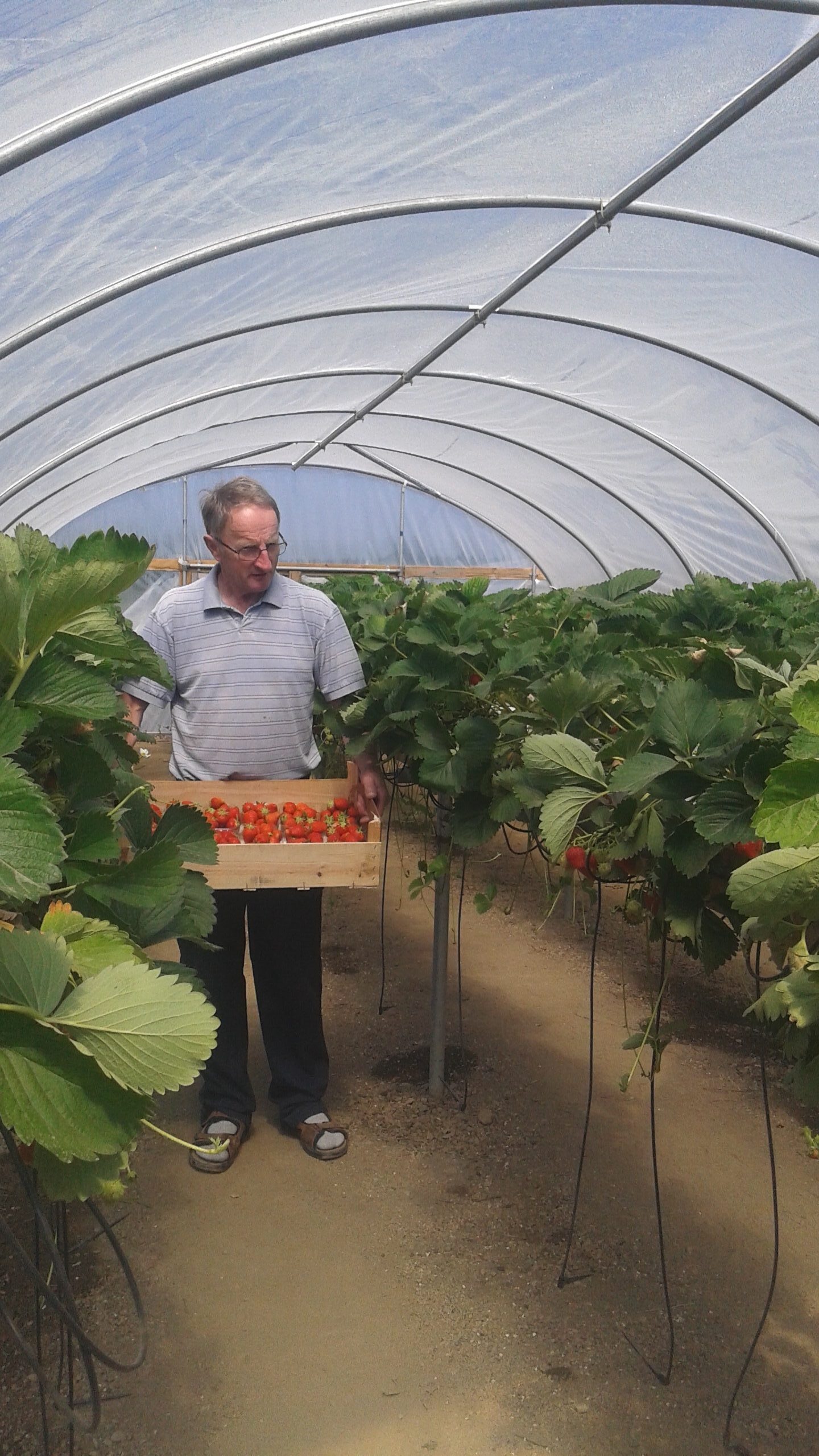
A customer in Limerick harvesting strawberries in one of his Polydome Polytunnels this summer.

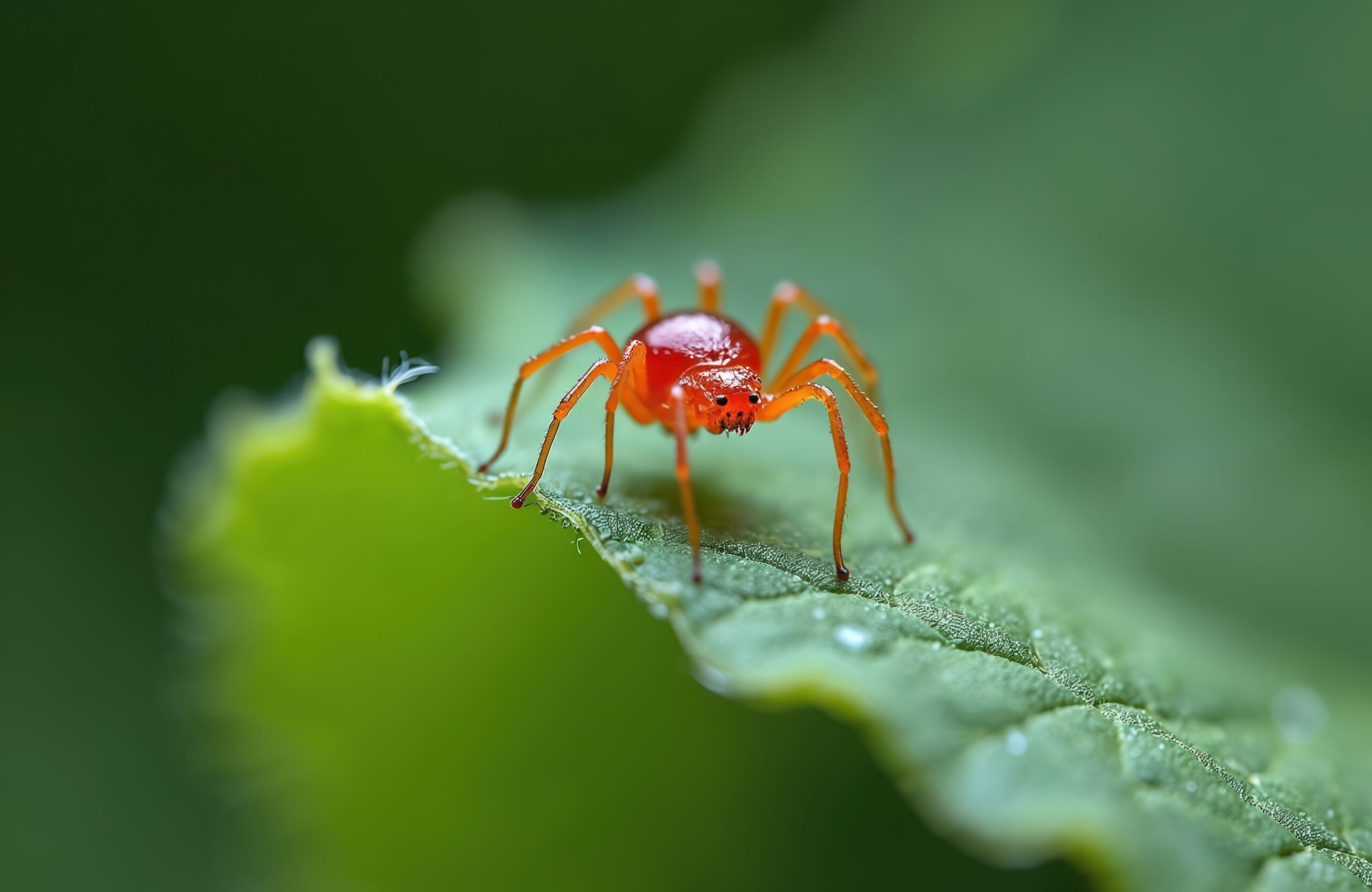
A few years ago our cucumber plant wasn’t looking good. The leaves were mottled yellow and the plant had completely stopped growing. I watered and fed it, thinking it might be hungry. It got worse. That was my first encounter with red spider mites.
These tiny pests are only red in autumn. In summer adults are yellow or pale green, with two dark spots on their backs. They stay on the undersides of leaves, and you may need a hand lens to see them. Females lay their tiny spherical eggs in clusters and the larvae that emerge suck sap, sometimes leaving clusters of tiny yellow spots on the upper surface of the leaf. Leaves later become mottled and dry, and may fall early. Really severe infestations create a fine web under and between leaves, and may kill plants. The adults overwinter from about October to March on weeds, under soil clods and in crevices in the greenhouse or its equipment. Almost any plant can be attacked.
These mites thrive in warm, dry conditions. Mist or syringe the plants with water, and wet the ground to dampen and cool the air. Destroy (don’t compost) any unwanted infected plants. Clear all weeds and unused equipment and materials from the greenhouse to remove hiding-places. Wash down empty greenhouses with disinfectant. Give plants plenty of light, water and space. Chemicals are not very reliable because most don’t kill all stages of the mites and they quickly build up resistance. Frequent spraying with plant oils, plant extracts or fatty acids may be more effective. The predatory mite Phytoseiulus persimilis gives good control.
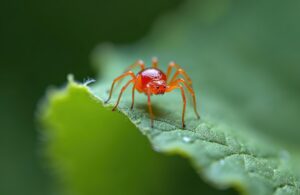
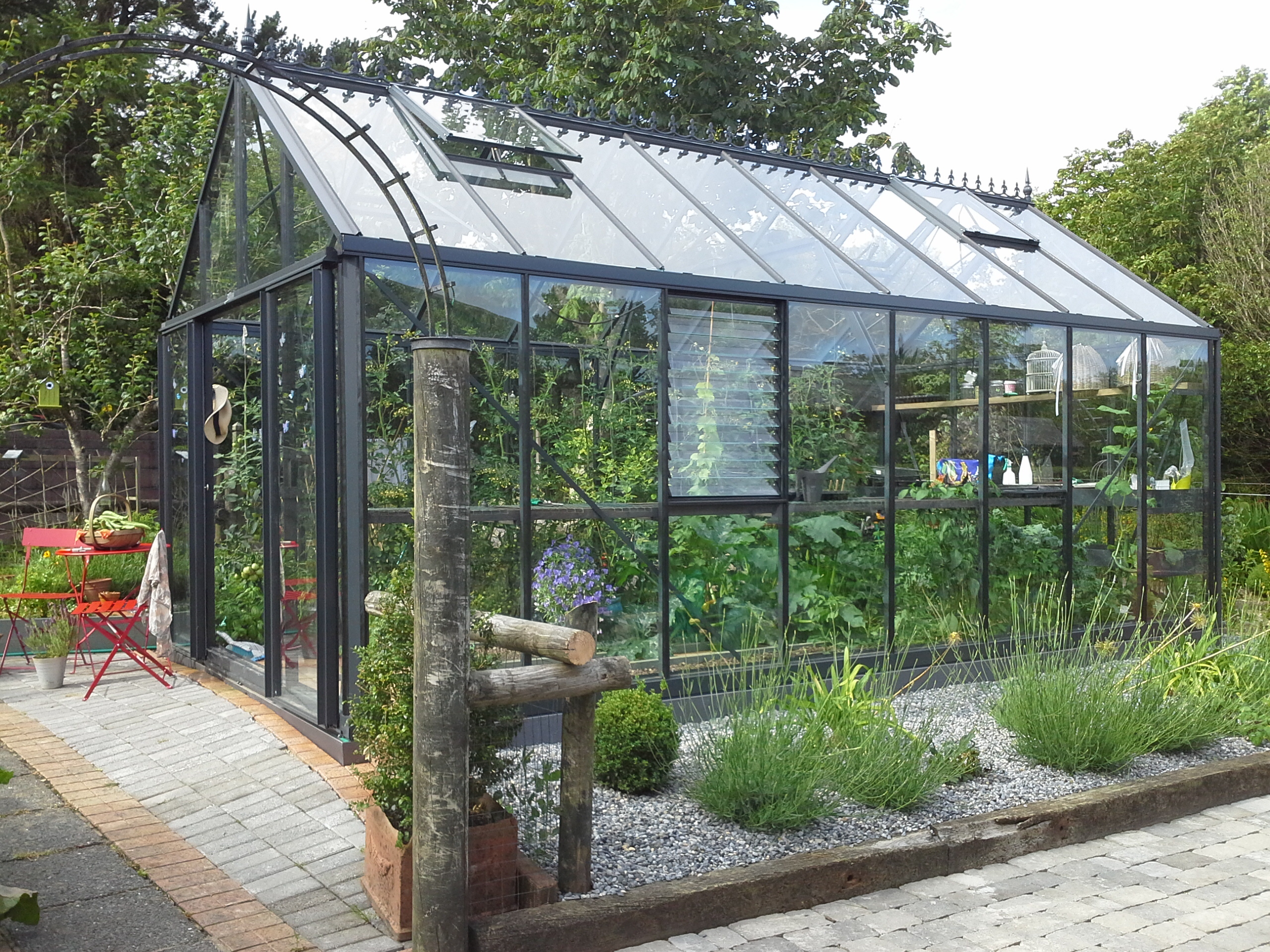
Customers Stephen and Patricia Carr in Wexford kindly sent us in some photos of their Helios Antique Greenhouse which they built themselves (but being an Architect Stephen was not phased by
the construction).
One can see the elegance of the surrounding landscaping and ground works, not due in small part to Patricia being an Interior designer. Beautiful job.
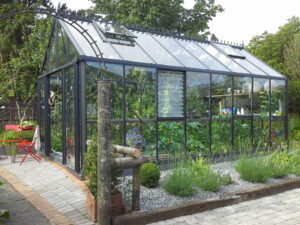
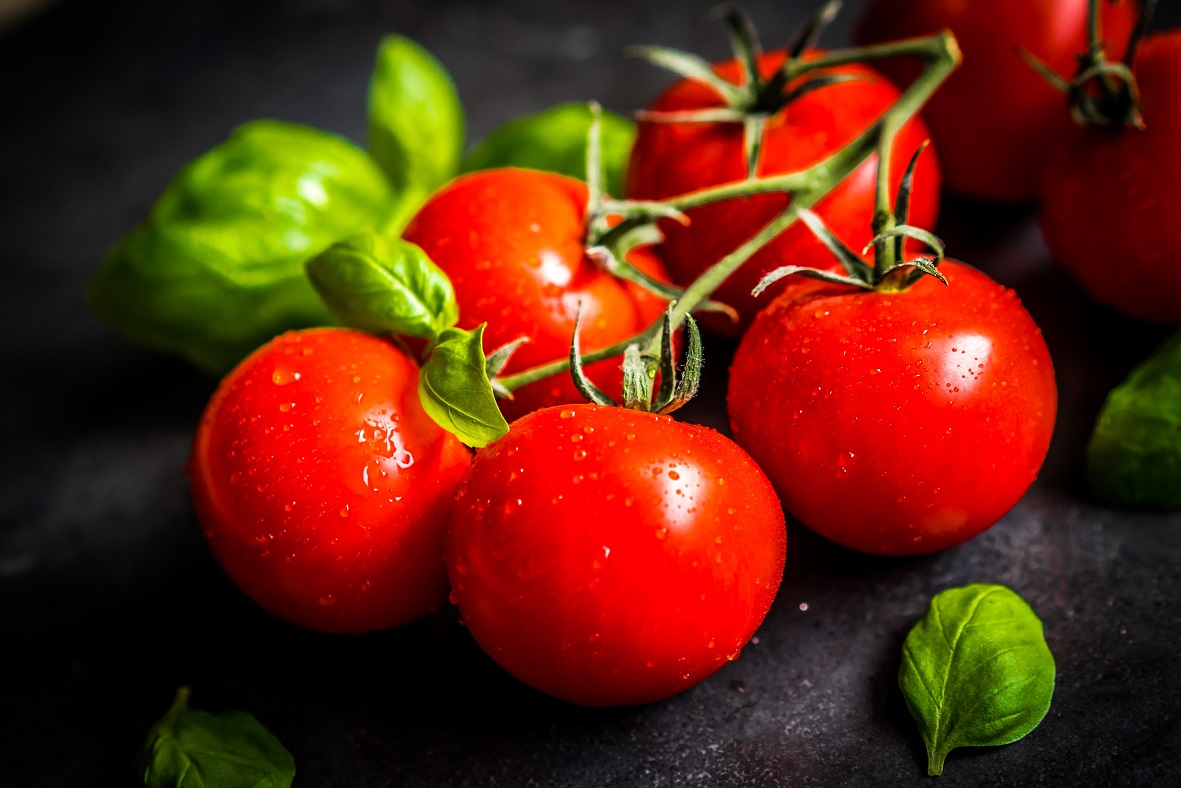
It’s very disheartening to pick a lovely ripe tomato in your greenhouse and discover the bottom is all hard, black and sunken. That’s Blossom-end rot. It can also affect melons, squash, peppers, and aubergines. It’s not an infectious disease but a physiological disorder caused by lack of calcium in the plant. Calcium is needed to build the cell walls of the growing tomatoes, but if there’s not enough coming in from the soil the cells will be too weak and burst with the pressure of water coming up from below.
Tomato plants can’t always get enough calcium, especially when growing fast. Soils low in lime may not supply calcium as fast as the plant needs it. Roots cannot absorb enough calcium from cold or dry soil, even if it’s there. Letting soil get too dry and then watering heavily will cause a rush of water up the plant and burst the weakest cells – the ones farthest from the supply of calcium.
Add lime to the soil if a test-kit shows it’s needed. Dig in compost or other organic matter to borders to hold more water in the soil. Don’t plant crops into cold soil or grow-bags. Don’t use too much high-nitrate fertiliser such as chicken manure: it encourages soft rapid growth more prone to this problem. Fertilisers lower in nitrogen and higher in phosphate (which encourages root growth) and potash (which encourages stronger, harder growth and fruit ripening) such as ‘Tomato feed’ are best. Water well and regularly, before the soil gets too dry. Mulch the plants with compost to keep the soil moist. Avoid damaging any roots by cultivating near plants.
So the problem is easily cured. And although the affected fruit look unappetising, you can cut out the bad bits and use the rest for cooking.
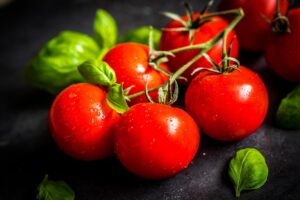
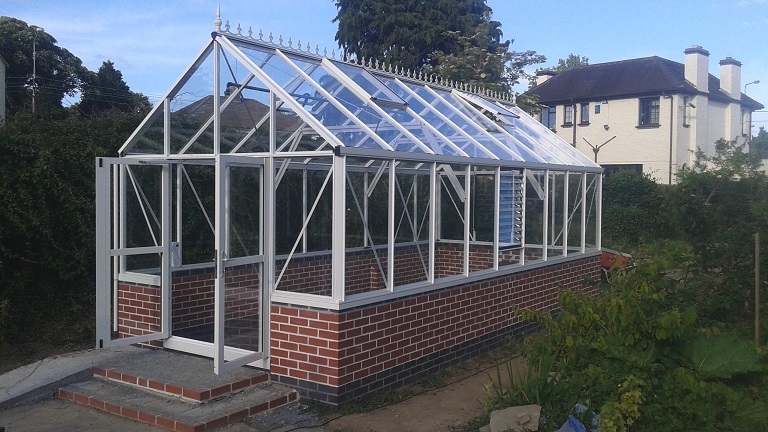
We just built this lovely Janssens Helios ‘Antique’ Greenhouse from Janssens for a happy customer in Blackrock, Dublin. The customer uses it as a space to sit in and enjoy his garden in – he even has installed an electric kettle to make cups of tea and coffee. The budget for this stylish and very strong Greenhouse is just under 11,000 euro on walls prepared by others.
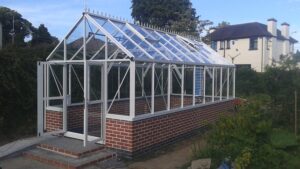
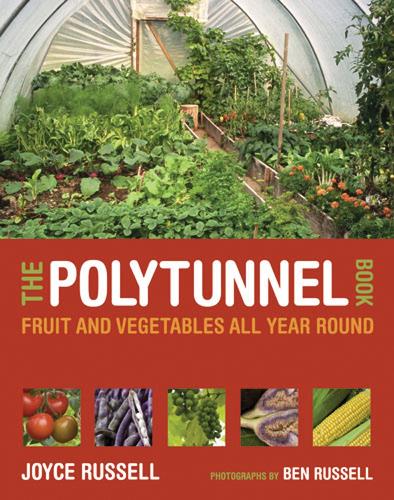
A Polydome customer asked recently: “What books are available on using greenhouses?” Since you need to know how to get the best from the greenhouse you buy, it’s worth checking out. And it’s good to read up on crops and techniques you haven’t tried yet.
One of the best-selling books is Dr. D. G. Hessayon’s The Greenhouse Expert. One of a large series of titles on gardening, it is widely stocked in bookshops and garden centres and normally not too expensive. It is well laid out, and the comprehensive index at the back allows you find whatever information you need quickly and easily. Ornamental and flowering plants are covered in detail and vegetables and fruit in less detail. On the debit side, it is geared almost exclusively to glasshouse gardening with only a nod to polytunnel use.
For polytunnels you might try The Polytunnel Book by Joyce Russell (published by Frances Lincoln). It is well laid out and illustrated, and highly practical, with a good but slightly complicated index. Subtitled fruit and vegetables all year round it does what it says on the cover. Flowering and ornamental plants don’t figure at all.
Many more titles are available in bookshops. Bear in mind that books published for the United States market relate to climates often very different from ours, and quote figures in inches and pounds.
There’s nothing like browsing bookshelves and seeing a book’s contents before you buy, but you could try online sites such as the Royal Horticultural Society’s bookshop at https://www.rhs.org.uk/about-us/what-we-do/publications/books or the likes of Amazon at http://www.amazon.com/s/ref=nb_sb_noss_1/177-7057071-0199916?url=search-alias%3Daps&field-keywords=greenhouse+books , or type ‘greenhouse books’ into a search engine.

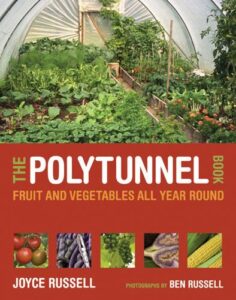
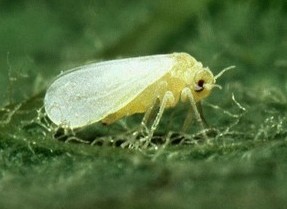
Whitefly is a serious pest of greenhouse crops. It can severely damage plants and is hard to control. The adult flies are covered in a protective layer of white wax. They fly up in clouds from plants when disturbed. They suck plant sap, spreading plant viruses and depositing sticky honeydew which attracts black sooty moulds that are hard to wash off leaves and fruits. They lay eggs on the undersides of the leaves which develop into greenish scales, each with a grub inside.
The colour yellow attracts whiteflies, so you can hang up sticky yellow cards to catch them and detect their arrival or reduce their numbers. You can shake plants and catch them with a hand-held vacuum cleaner when they take off: avoid damaging the leaves. Planting French marigolds among crops may help. The parasitic wasp Encarsia Formosa can work well in large greenhouses when conditions are right.
Check under the leaves of new plants carefully before putting them in your greenhouse: plunging their tops into a bucket of water will kill many of the adults but not their scales. Burn or bury dead or badly infested leaves. Keep the greenhouse and its surrounds clear of plants over the winter to remove host plants and starve them out. Sprays based on pyrethrum, neem oil or insecticidal soap have been used formerly, but with changes in pesticide laws may not now be available. Whiteflies can quickly develop resistance to a chemical, so if spraying change the chemical often.


Eden Greenhouses are offering free ridge cresting, a free louvre and a free automatic roof vent opener for orders placed at the show. This is in addition to our special offer currently running of 10% off our Eden Price List (Greenhouses only).

We are off to set up for the Bloom Show today which starts on Thursday and runs until and including Monday.
Our stand is in the same spot as last year, OR42 and we will be showing two Greenhouses, a Janssens Victorian SL which is incredibly strong and one of the new Eden Greenhouses with the revolutionary zero threshold door entrance design.
Special offers for orders placed during the show for Janssens Greenhouses include free automatic vent openers for all roof vents and a preferential price for construction.
There will be a special offer for Eden, to be advised later. The main thing is not to miss seeing the new design as it incorporates radical improvements – the zero door threshold which is amazing, wider gutters and serious downpipes for rainwater collection and the larger gutters add considerably to the strength of the Greenhouse. In addition it has very neat capping to secure the glass much better than with spring wire clips and it also enhances the appearance. There are also special clips at the eaves which by allowing air movement prevents algae growing where it can otherwise.
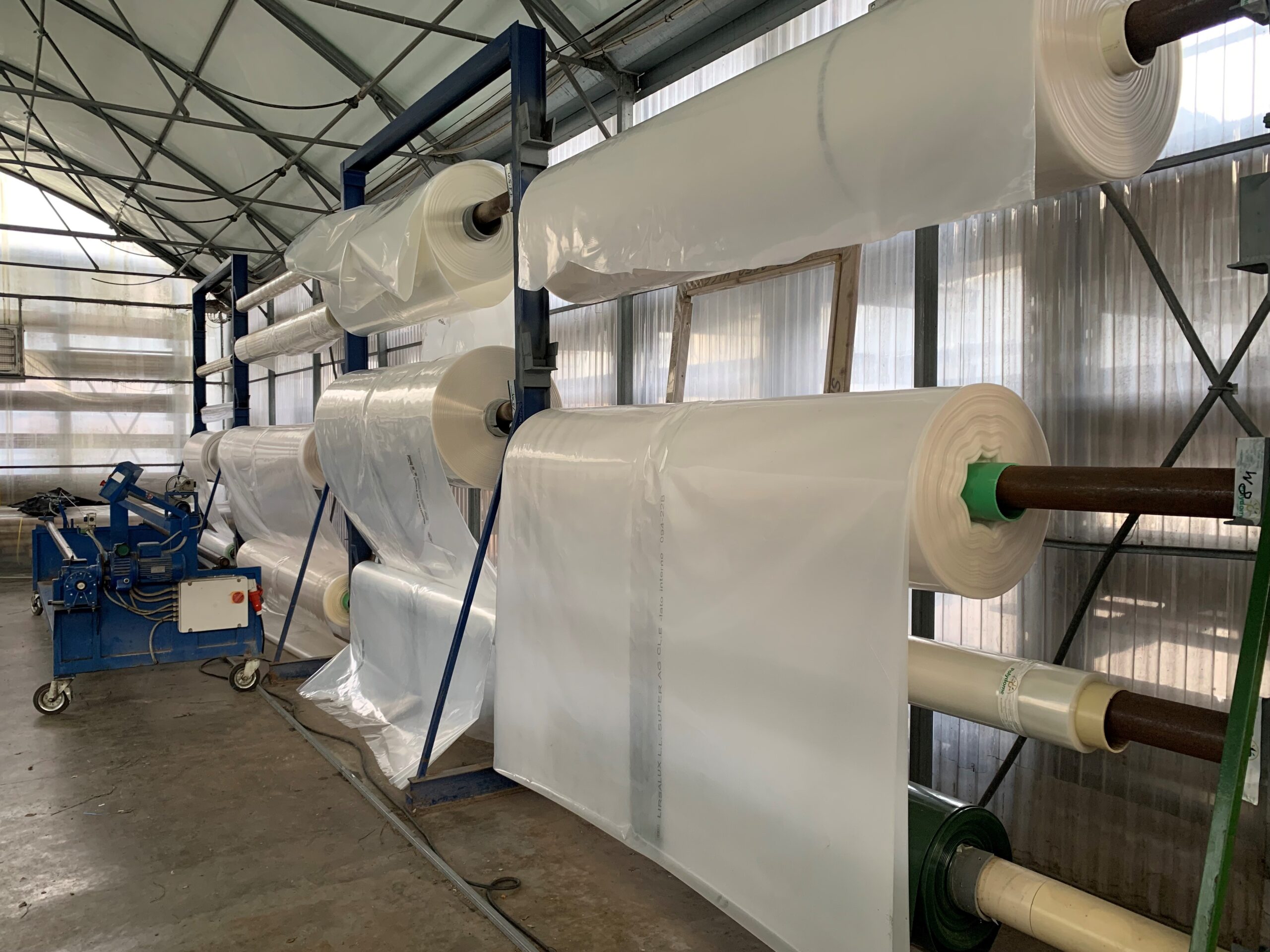
One of our suppliers has informed us that their cost price of polymer (the raw material for polythene) has been steeply rising recently for a variety of global reasons. The result is that its cost has ‘rocketed’ to unprecedented levels – it is not currently more expensive than it has ever been before they say. This will have a knock on effect on future deliveries. We thankfully have quite a lot of polythene in stock so can maintain our price for the summer and possibly the autumn. If you think you might want polythene now is the time to buy to avoid the impending price increases that will affect everyone in the industry.